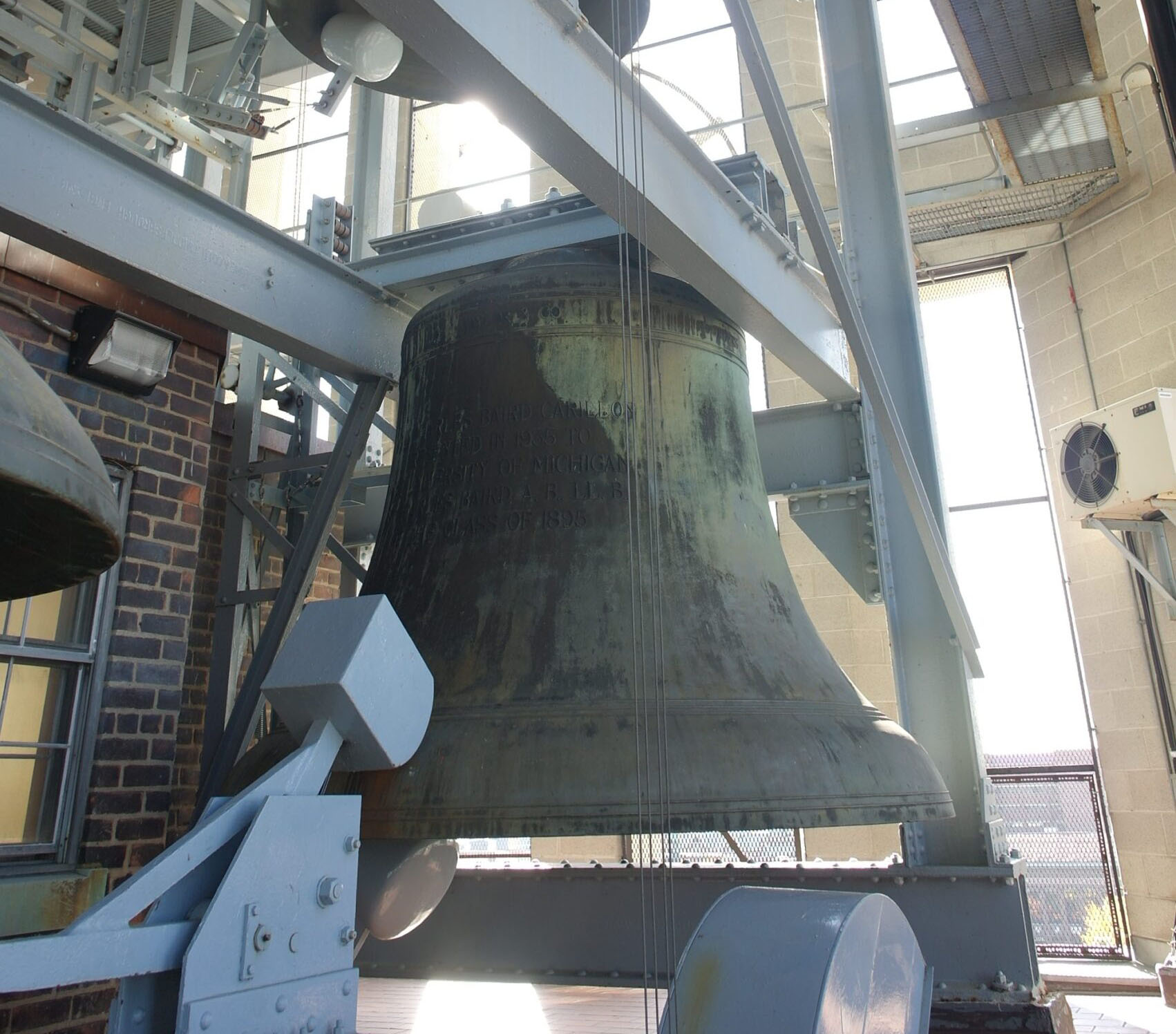Performances & Events
Performance
Christine El-Hage, carillon
October 3, 2023 | 12:00 pm
Burton Memorial Tower881 N University Ave
Ann Arbor, MI 48109
Free - no tickets required

A performance on the Baird Carillon at Burton Memorial Tower, featuring “Vertigo” by Grace Coberly and Lebanese Maronite hymns arranged by Christine E-Hage. Followed by open tower time.
Free and open to the public. This performance is part of the 63rd Annual Organ Conference sponsored by the School of Music, Theatre & Dance.

Related Events
There are no related events set for this event.
